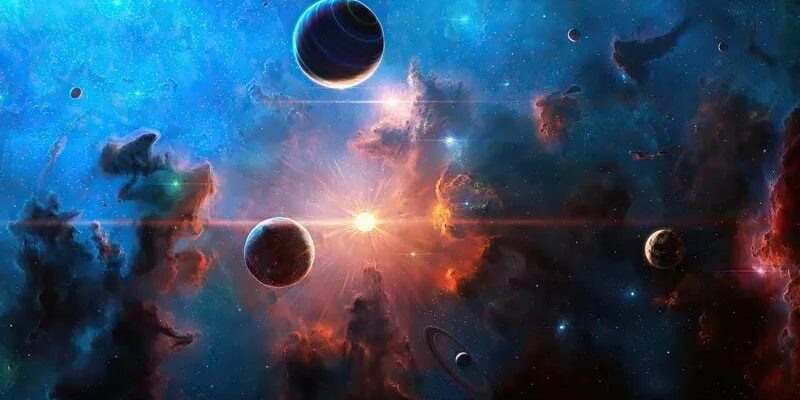Because of the speed of light, when we look into space we actually see the past. This can be traced back to the earliest moments of the universe.
into space What you see when you look is actually a reflection of a moment in the past, not the present. This is because light travels at a finite speed. For example, when we see the light of the Sun from Earth, this light was emitted about 8 minutes ago. However, when we look at more distant points of the universe, this period can reach millions or even billions of years. Thanks to modern telescopes, it has become possible to observe even the oldest glimpses of the formation of the universe.
The Speed of Light and the Depths of Space
Light travels at 300,000 kilometers per second. However, even this tremendous speed is insufficient against huge cosmic distances. For example, light from the nearest star, Proxima Centauri, travels 4.2 years to reach us. This means that when we see that star, we are actually seeing it as it was 4.2 years ago.
Looking even further away, we can see the light emitted by galaxies and star clusters billions of years ago. For example, when we see the Andromeda Galaxy with the naked eye, we actually see it as it was 2.5 million years ago. Thanks to high-tech devices such as the James Webb Space Telescope, it is possible to observe lights from a time when the universe was only 300 million years old.
By observing the cosmic microwave background radiation, scientists were able to look back just 380,000 years after the Big Bang. This light contains the oldest pieces of information about the early formations of the universe. The boundary of the currently observable universe dates back approximately 13.8 billion years. However, since the universe is expanding, the points from which these lights come are now 46 billion light years away from us.
What we see every time we look into space is actually opening a window into the history of the universe. In this way, even today we continue to understand how the universe formed and developed.
